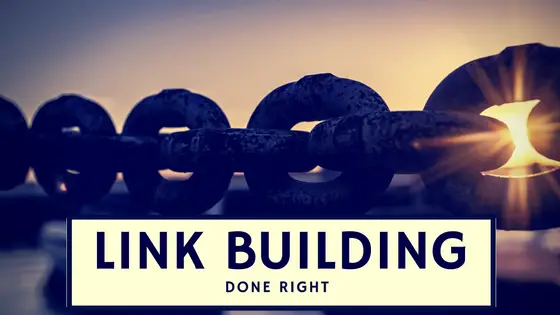
In this podcast magazine printing company Shweiki Media chats to James Reynolds, the founder of Veravo, which consists of three search engine marketing agencies: SEO Sherpa, SEO Partner, and Click Jam. He’s also the host of the Traffic Jam Podcast. They discuss how link building can be done right.
Why is Link Building Important?
Before they get into the ins and outs of link building, James quickly explains why link building is important. As the primary ranking factor used by Google to understand the authority and the relevance of a web page, James feels the importance of links are often played down. In effect, Google uses links as votes, so the more links (votes) that a company has on their web page, the higher that page will rank in Google.
James also describes the old black hat link building techniques that people should avoid. These include anything that’s automated, self-built, or paid for, including blog networks and mass form submissions. In the past, marketers got smart and found ways to build links in bulk, but over time, Google got smart to those tactics and they don’t work anymore. Companies have to be able to acquire links in a genuine fashion, which comes down to having great content that people want to link to.
What Does a Company Need to Do Before They Start Link Building?
Recognizing that a company’s website should be architected properly before a company starts building links, David asks James what a website needs before someone starts to link to it. James first refers to all of the “technical stuff.” Companies need to make sure
- Google can crawl their website
- Analyze the content
- Detect all of those signals
Then Google wants to make sure that a user’s going to have a good experience when they send them to that site, especially on mobiles and tablets. Finally, they need good, relevant content because that’s going to give a quality answer to the queries that they want to rank for.
To get these things in place, James recommends Moz for those who aren’t that technical or onpage.org for those who are a bit more SEO-savvy. He also encourages people to put their website through the Google mobile-friendly test and page speed test.
What Determines a Link’s Value and How Can People Get High-Value Ones?
Because not all links are valued the same, James is asked how these values are determined by search engines. James explains that Google will, at first, evaluate the overall authority of a site and the authority of the page linking to a website. So, links from a more established, trustworthy site (e.g. the Wall Street Journal) will pass more trust and authority onto a site when they link to it.
Secondly, it’s the link’s relevance. Google is going to look at the text and content that surrounds the link that’s pointing to a site. If you get too many links from off-topic websites, Google will pick up on this.
To get these links James recommends that companies start with a link building strategy (“link reclamation”), and this means finding opportunities where third-party websites are mentioning their brand but haven’t linked to their website. They contact them and ask them to add a link back to their website.
Then there’s self-managed link building, where they create the link, e.g. guest blogging. They just need to build up a portfolio of high-quality content and send it off to relevant, high authority websites to try and get it accepted. This gives them full control over where they’re putting their links and their anchor text.
How Can People Use Guest Blogging and Content-Driven Outreach?
James is also asked about guest blogging ideas and suggests that organizations need to start at a level. So rather than aiming for the big hitters like Forbes.com where it’s unlikely their content will be accepted (especially if they’re new to this), they should look at localized and industry-specific sites.
And for content outreach, they should position themselves as someone who’s producing the best content in the market, which is where they’ll get a higher yield but it does require more effort. They’ll need to do their research and find out what content’s performed well before reaching out to people who’ve linked to this content in the past.
What are ‘Bad Links’ and How Do You Get These Removed?
The conversation then moves onto whether there is such a thing as “bad links” and James explains that if a company does anything like paying for links or using automation, they’re going to get into trouble. Sometimes, people will build bad links to a website, which is why they’ve got to be vigilant of who’s linking to their site. If they start to get links through that are irrelevant to their page or are from low-quality sites, they should probably look at having those links removed, if possible.
To get rid of these bad links, David recommends Moz’s Open Site Explorer, Ahrefs and Majestic SEO.
And to finish off the podcast, David asks James the million-dollar question about how long it takes for a company to notice their link building efforts. David advises that if they’ve got a brand new site, it’s going to take a bit longer but if their website has been established for a while, they’ll get results quicker. Studies show that the average time it takes from when a link is placed to when ranking changes take effect because of that link, can be anything between seven to 10 weeks.
You can continue to learn from James at seosherpa.com but if you need SEO or AdWords management, you should visit veravo.com


